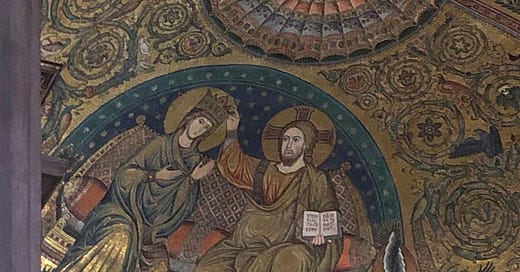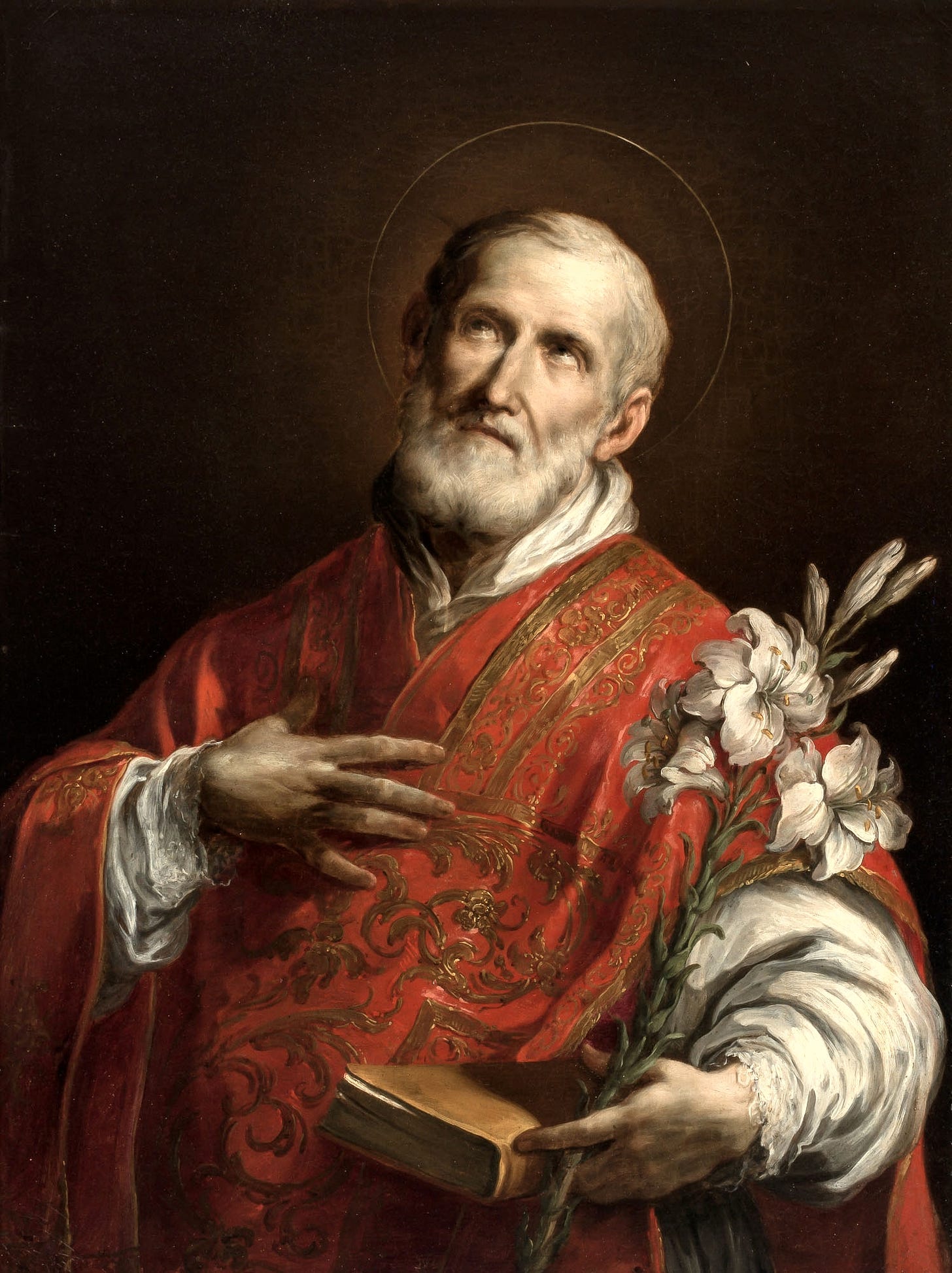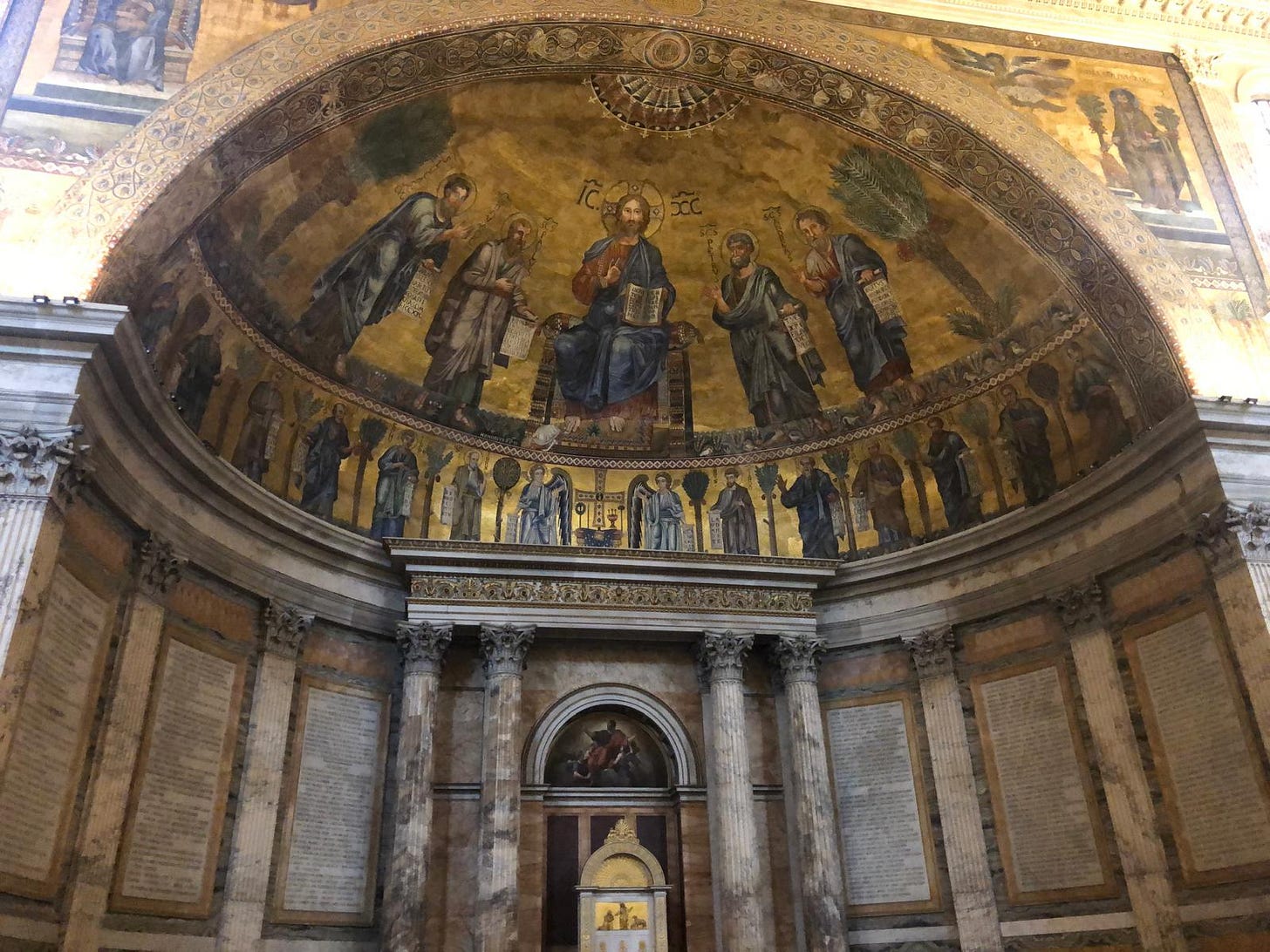Walking with the Saints: A Pilgrimage to the Seven Churches of Rome
A personal account - with pics!
Today we have a bit of a treat. A friend of mine who lives here in Narni, went down to Rome on Monday for a pilgrimage, none other than the traditional Seven Churches route. She wrote an account of it for us in her own words, and has sent along a great treasure of photos and video clips to share of these magnificent edifices - lots of mosaics and frescos and paleo-Christian architecture of early Christian Rome.
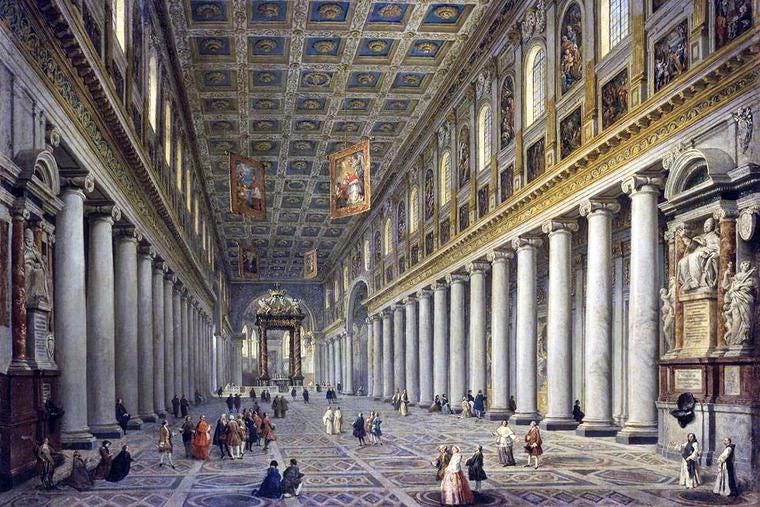
The Seven Churches pilgrimage is one of the oldest and most evocative devotional routes in Rome. Traditionally completed in a single day, it involves visiting the four major basilicas, St. Peter’s, St. Paul’s Outside the Walls, the Lateran and Mary Major, along with three additional significant churches: St. Lawrence Outside the Walls, Holy Cross in Jerusalem and St. Sebastian Outside the Walls. This itinerary forms a spiritual circuit through the heart of Christian Rome, weaving together apostolic tombs, relics of the Passion, and centuries of lived faith, an experience that deeply connects us to our spiritual ancestors.
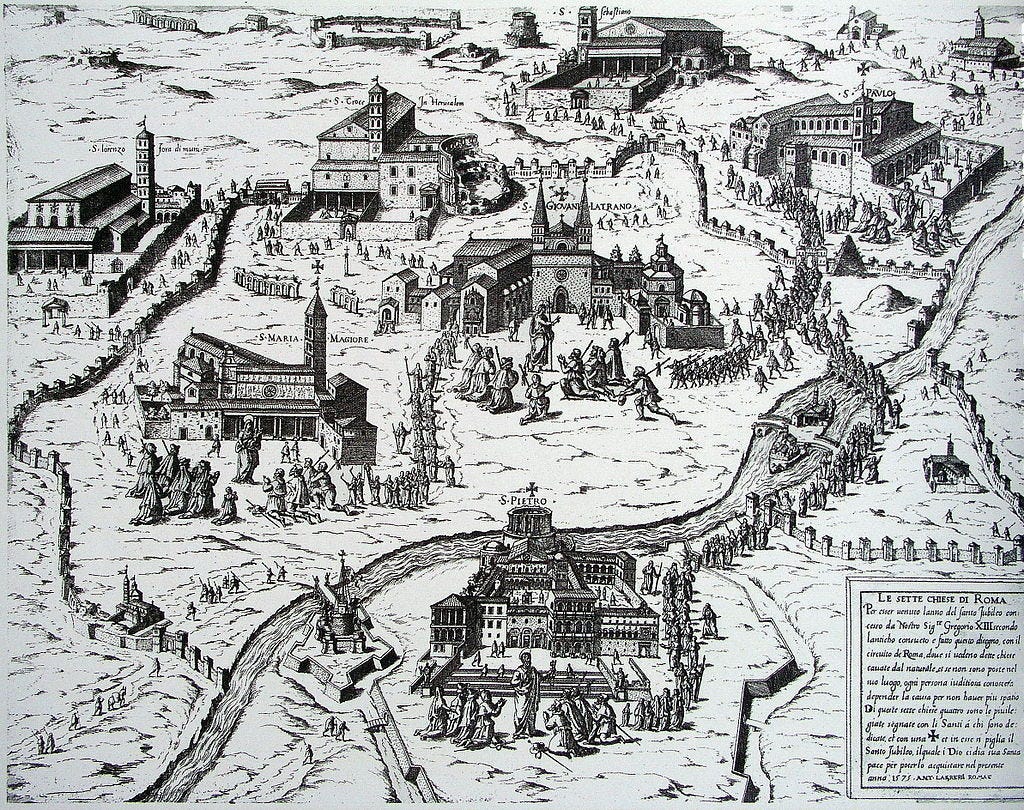
While visiting important churches has always been a part of Christian practice, the formal “Sette Chiese” pilgrimage was popularised by St. Philip Neri, the “second apostle of Rome,” in the mid-16th century as a joyful and prayerful response to the decadence and superficiality of Roman society.
He would lead large crowds on foot from dawn until late at night, singing, praying, and encouraging spontaneous acts of charity and penance along the way.
Each of the seven churches has its own deep associations. At San Lorenzo and San Sebastiano, one prays with those martyrs; at Santa Croce, before the relics of the True Cross. To walk this route, especially during a Jubilee year or Holy Week, is to take part in a centuries-old act of devotion, a pilgrimage within the Eternal City itself.
The full pilgrimage usually adds up to about 30–31 km or 19 miles. It’s traditionally done in a single day, starting very early in the morning and finishing at sunset. This route was deliberately chosen by St. Philip not just for historical importance, but for theological and spiritual richness.
In today’s post for paid subscribers, I’m happy to turn things over to our friend Marie who made the pilgrimage with a group on Monday.
Subscribe to join us.

